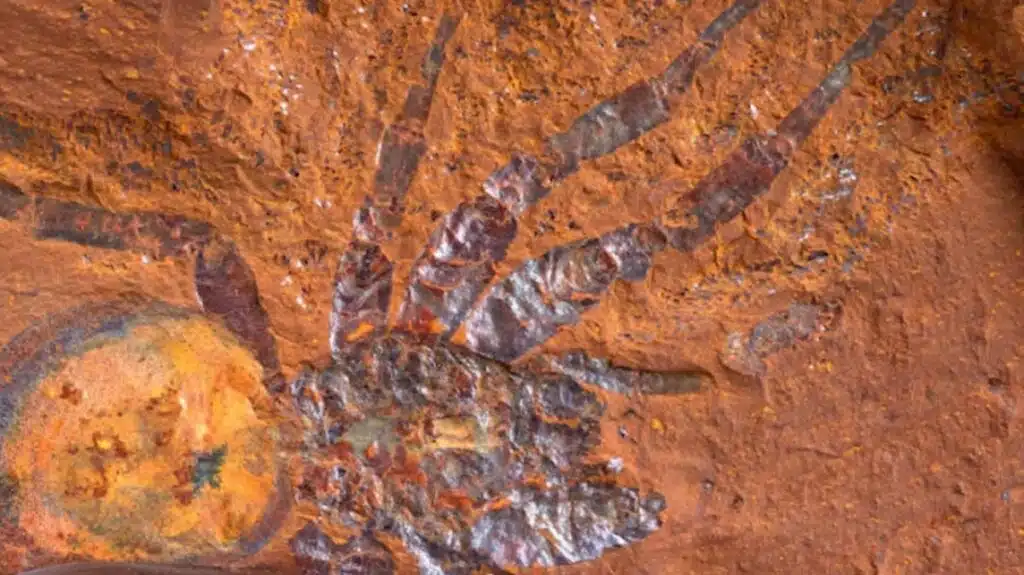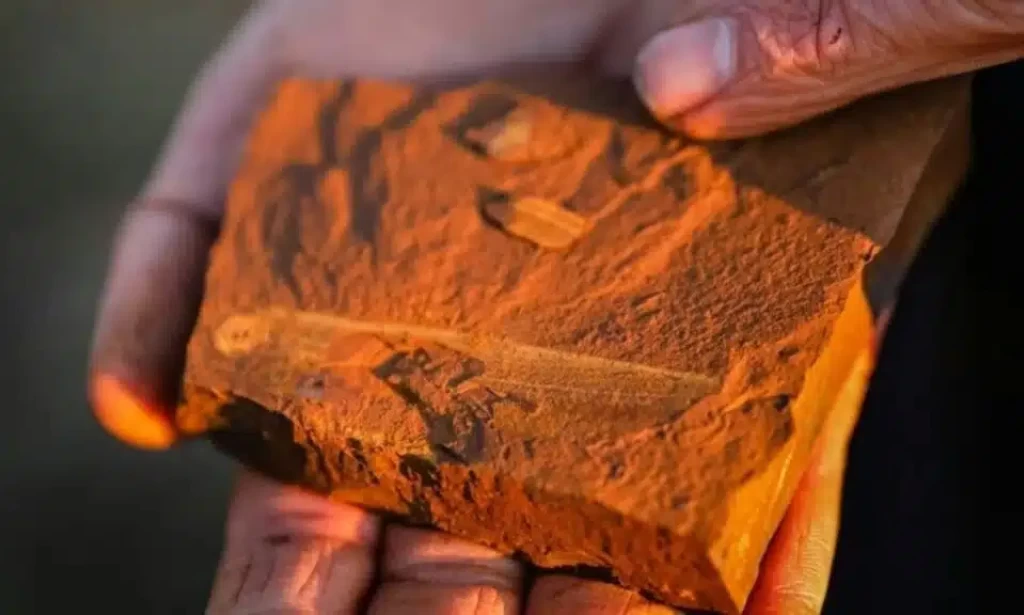High on the central plateaus of New South Wales lies McGraths Flat, a site studied by palaeontologists and geologists from the Australian Museum Research Institute. Dating back 11 to 16 million years, it belongs to the Miocene – a key era in the evolution of modern species. Back then, where dust and drought now dominate, a dense tropical forest once flourished.
The sedimentary rocks at McGraths Flat are made entirely of goethite, an iron-rich mineral that captured life with extraordinary precision. Here, ancient leaves, insects, fish, and even feathers have been preserved, their soft tissues still visible under the microscope – a level of detail so fine it almost seems impossible.
A fossil site like no other
This remarkable clarity rivals that of world-famous fossil treasures such as Germany’s Messel Pit or Canada’s Burgess Shale. Yet McGraths Flat stands apart: rather than shale or sandstone, this site is made entirely of iron – a true geological anomaly.
When rust remembers life
The rocks belong to a rare category called ferricrete, a natural cement formed from iron oxyhydroxide particles so small they could fill the very cells of the organisms they entombed.
According to a study published in Gondwana Research, the process began when acidic rain, reacting with weathered basalts, washed iron into an ancient oxbow lake. There, in warm, oxygen-rich waters, it settled into ultra-fine sediments that preserved every structure of the organisms inside – right down to the cellular level.
A rare mix of heat, humidity, and a lack of other minerals created the perfect conditions for this kind of fossilisation, explaining the site’s almost magical level of preservation.
A new guide for fossil hunters
 Researchers now believe McGraths Flat offers a roadmap for finding similar sites across the world – ancient tropical regions, weathered volcanic terrains, and riverbeds untouched by limestone or sulphides. They also pay homage to the Wiradjuri traditional custodians, whose land holds this remarkable discovery.
Researchers now believe McGraths Flat offers a roadmap for finding similar sites across the world – ancient tropical regions, weathered volcanic terrains, and riverbeds untouched by limestone or sulphides. They also pay homage to the Wiradjuri traditional custodians, whose land holds this remarkable discovery.
The red, iron-rich rocks of McGraths Flat prove that traces of ancient life can survive in the most unexpected places. Future breakthroughs in paleontology may well be hiding in the rust beneath our feet. After all, how many forgotten worlds still lie buried in the Earth’s quiet, iron-stained memory?



You must be logged in to post a comment.